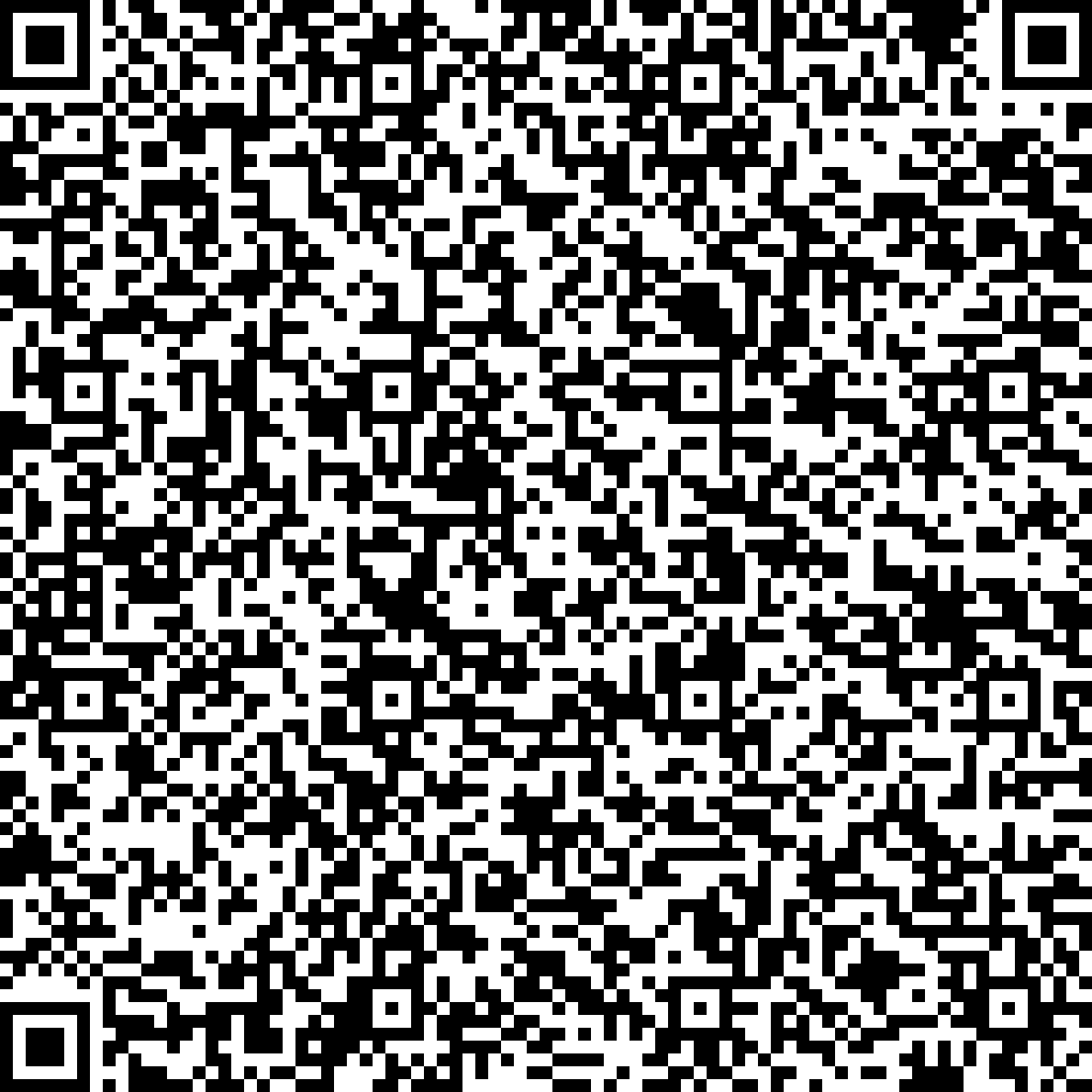


In contrast to the incoherent charge transport through macroscopic structures, the motion of electrons on the micrometer and nanometer scale often is coherent. As long as the interaction between the electrons can be neglected, the coherent charge transport is very well understood. However, modern microfacrication techniques allow to fabricate low-dimensional structures where electronic correlations can turn out to be important. In order to determine the residual conductance in such a situation, we have studied the persistent current of an interacting region embedded into a noninteracting ring. This embedding approach allows not only to account for the interacting system itself but also for the contacts. Applications include even-odd effects in atomic wires and the interplay between disorder and interaction.



In contrast to the incoherent charge transport through macroscopic structures, the motion of electrons on the micrometer and nanometer scale often is coherent. As long as the interaction between the electrons can be neglected, the coherent charge transport is very well understood. However, modern microfacrication techniques allow to fabricate low-dimensional structures where electronic correlations can turn out to be important. In order to determine the residual conductance in such a situation, we have studied the persistent current of an interacting region embedded into a noninteracting ring. This embedding approach allows not only to account for the interacting system itself but also for the contacts. Applications include even-odd effects in atomic wires and the interplay between disorder and interaction.